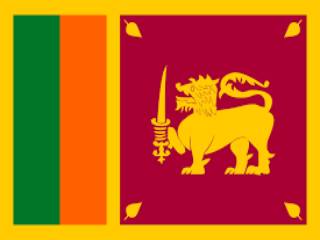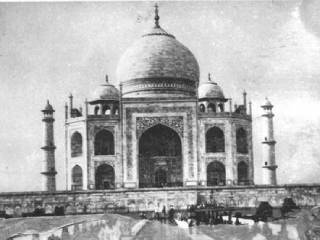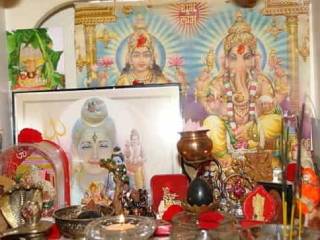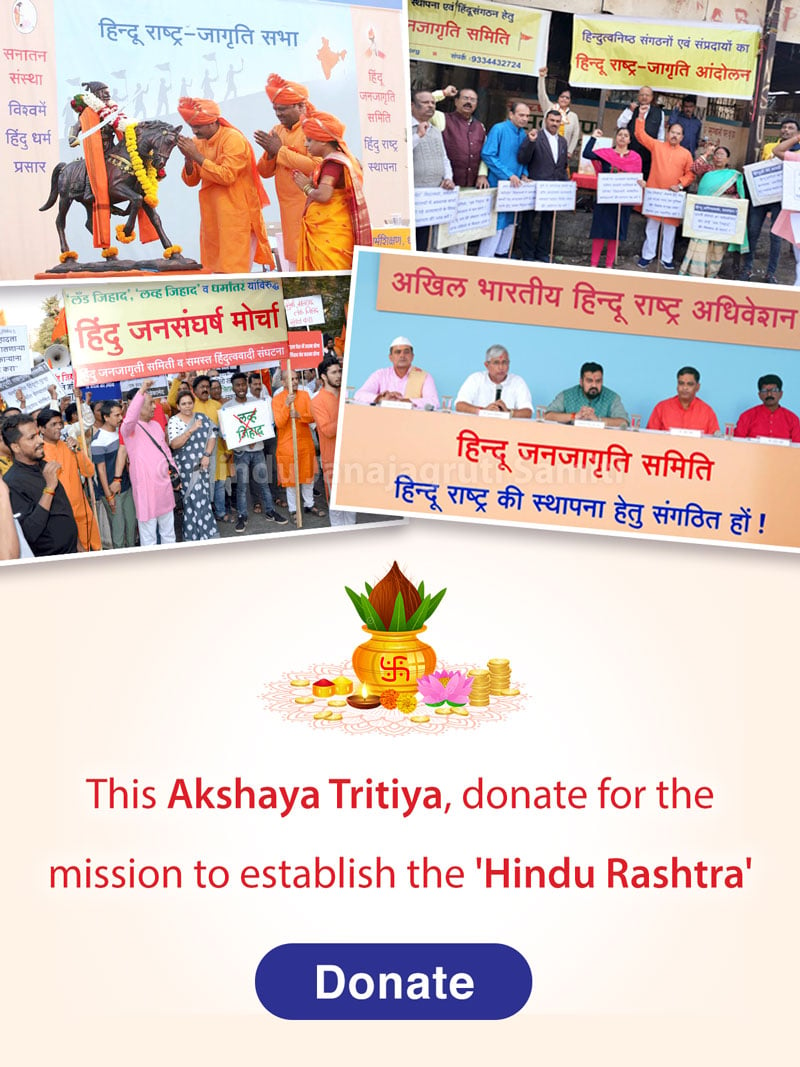On December 18, 1847 , Navalar set the ball rolling with a lecture at the Vaideeswara temple in Vannarpannai. He lectured there every Friday.
And he went from place to place together with his devoted colleague and assistant, Kartikeya Aiyar of Nallur.
Taking the cue from the Christian missionaries, Navalar made his religion relevant to real life. In his lectures, he would stress, apart from the theological and liturgical aspects of Saivism, the evils of adultery and drunkenness; the virtue of non-killing; the need to treat women with respect; the importance of giving alms; and the need to protect the cow.
Navalar gave a new interpretation to Saivisim which instilled in his audiences pride in their traditional faith. Simultaneously, he sought reform of Hindu society.
His endeavours helped blunt the Christian missionaries’ criticism of Hinduism and Hindu practices.
Drew similarities between Saivism and Christianity
Hudson notes that Navalar took a very novel approach to the Saivism and and Christianity.
He drew similarities between them and used them to argue that the Christian missionaries had no right to criticise Saivism and paint it in lurid colours.
Navalar noticed striking parallels between the liturgies of the temple in Jerusalem and the temples of Siva in Sri Lanka and India.
He pointed out that the Israelites, who were chosen by God as his own children, believed that the Lord dwelt in the ark made of wood and lived between the cherubim. And He had bestowed grace upon them.
Likewise, the Saivites believed that God dwelt in the idol of Siva and bestowed grace on them.
The Israelites made a sanctuary for the worship of God. The Saivites built temples.The Isrealites worshiped the cherubim and the bronze serpent. The Saivites worshiped images made of gold and silver.
The Israelites displayed bread and wine in their temples. The Saivites kept fruits as prasadam. Both Israelites and Saivites burnt incense.
The Israelites burnt the heifer (cow) and took its ashes for use. The Saivites used the ashes from the dung of the heifer as "Tiruneer" or "Vibhuti".
Navalar wondered why the missionaries approved what the Israelites did, and disapproved a similar thing done by the Saivites.
If they could justify the Israelite rituals as a means to absorb the thoughts of God, the Saivities could justify their rituals too, he argued.
Navalar pointed out that Christ and the early Christians followed the rites and ceremonies of the temple.
The bible had said that it was the duty of every Christian to observe them. How then could the missionaries now abandon them, he asked.
In Navalar’s view, the proselytizing Christians were a blessing in disguise, because he believed that Lord Siva was using the Christian missionaries to awaken Saivites to the truths of Saivism as contained in the Agamas.
Need for comprehensive written scripture
Navalar’s familiarity with Christianity led him to feel that Saivism required a written and revealed set of scriptures that would parallel the Bible’s comprehensive authority.
And he believed that the Agama scriptures would serve the purpose because they eliminated the unsavory practices in popular Saivism, even as they gave a sophisticated justification of temple worship.
Writing on Navalar’s view of the Agama scriptures, Husdson writes: "On the one hand, the Agama scriptures eliminated some of the popular Shaiva culture, such as animal sacrifices and the worship of malevolent deities and demons, that the missionaries attacked ceaselessly and that had no scriptural basis".
"On the other hand, they provided a sophisticated and profound theological interpretation of temple worship and of the Puranic stories of the gods that nullified the sneers of the missionaries."
"Arumuga Navalar believed that the Sanskrit and Tamil scriptures of Agamic Shaivism purified popular and Puranic religion, elevated the ignorant, and inspired the literati."
Changes character of Hindu schools
With the aid of wealthy persons in both Sri Lanka and Tamil Nadu ( with which he was in close touch), Navalar started many schools.
These schools taught Saivism as well as modern subjects to make them relevant to the needs of the modernising world.
He discouraged learning by rote, which had been the traditional method in schools, especially religious schools.
He put difficult Saivite poems and commentaries into easily understandable prose, which would also be as elegant and thought provoking as the original. He designed a graded Saivite curriculum.
The other most important contribution of his was the establishment of a Saivite press with a machine he brought at Madras.
The press, which started functioning in 1850, churned out Saivite literature and commentaries, and Navalar’s own writings in a big way.
According to Hudson , the most dramatic use of the press was the publication of anti-Christian literature between 1852 and 1854. In 1954, came a booklet for effectively countering Christian propaganda, entitled "Abolition of the Abuse of Saivism."
Commenting on this booklet, a missionary wrote in Morning Star that Navalar had shown an "intimate and astonishing" acquaintance with the Holy Bible and that he had "cunningly" defended the rituals, practices and lingam worship of the Saivas "on the authority of our own writings!"
The missionary then concluded that it could not be denied that the booklet had "great effect" in favour of Saivisim and against Christianity.
Navalar’s tireless work, which included ceaseless traveling, writing, and speaking, had a telling impact on Tamil society in Jaffna.
It revived pride in the traditional religion, reinforced ties with Hindu India, reined in the marauding state-backed missionaries, and sowed the seeds of Tamil nationalism.
Bishop Sabhapathi Kulendran had no option but to admit that it was largely due to Navalar that Christian conversions in Jaffna did not live up to the promise they showed in the early part of the 19th century.
On December 18, 1847 , Navalar set the ball rolling with a lecture at the Vaideeswara temple in Vannarpannai. He lectured there every Friday.
And he went from place to place together with his devoted colleague and assistant, Kartikeya Aiyar of Nallur.
Taking the cue from the Christian missionaries, Navalar made his religion relevant to real life. In his lectures, he would stress, apart from the theological and liturgical aspects of Saivism, the evils of adultery and drunkenness; the virtue of non-killing; the need to treat women with respect; the importance of giving alms; and the need to protect the cow.
Navalar gave a new interpretation to Saivisim which instilled in his audiences pride in their traditional faith. Simultaneously, he sought reform of Hindu society.
His endeavours helped blunt the Christian missionaries’ criticism of Hinduism and Hindu practices.
Drew similarities between Saivism and Christianity
Hudson notes that Navalar took a very novel approach to the Saivism and and Christianity.
He drew similarities between them and used them to argue that the Christian missionaries had no right to criticise Saivism and paint it in lurid colours.
Navalar noticed striking parallels between the liturgies of the temple in Jerusalem and the temples of Siva in Sri Lanka and India.
He pointed out that the Israelites, who were chosen by God as his own children, believed that the Lord dwelt in the ark made of wood and lived between the cherubim. And He had bestowed grace upon them.
Likewise, the Saivites believed that God dwelt in the idol of Siva and bestowed grace on them.
The Israelites made a sanctuary for the worship of God. The Saivites built temples.The Isrealites worshiped the cherubim and the bronze serpent. The Saivites worshiped images made of gold and silver.
The Israelites displayed bread and wine in their temples. The Saivites kept fruits as prasadam. Both Israelites and Saivites burnt incense.
The Israelites burnt the heifer (cow) and took its ashes for use. The Saivites used the ashes from the dung of the heifer as "Tiruneer" or "Vibhuti".
Navalar wondered why the missionaries approved what the Israelites did, and disapproved a similar thing done by the Saivites.
If they could justify the Israelite rituals as a means to absorb the thoughts of God, the Saivities could justify their rituals too, he argued.
Navalar pointed out that Christ and the early Christians followed the rites and ceremonies of the temple.
The bible had said that it was the duty of every Christian to observe them. How then could the missionaries now abandon them, he asked.
In Navalar’s view, the proselytizing Christians were a blessing in disguise, because he believed that Lord Siva was using the Christian missionaries to awaken Saivites to the truths of Saivism as contained in the Agamas.
Need for comprehensive written scripture
Navalar’s familiarity with Christianity led him to feel that Saivism required a written and revealed set of scriptures that would parallel the Bible’s comprehensive authority.
And he believed that the Agama scriptures would serve the purpose because they eliminated the unsavory practices in popular Saivism, even as they gave a sophisticated justification of temple worship.
Writing on Navalar’s view of the Agama scriptures, Husdson writes: "On the one hand, the Agama scriptures eliminated some of the popular Shaiva culture, such as animal sacrifices and the worship of malevolent deities and demons, that the missionaries attacked ceaselessly and that had no scriptural basis".
"On the other hand, they provided a sophisticated and profound theological interpretation of temple worship and of the Puranic stories of the gods that nullified the sneers of the missionaries."
"Arumuga Navalar believed that the Sanskrit and Tamil scriptures of Agamic Shaivism purified popular and Puranic religion, elevated the ignorant, and inspired the literati."
Changes character of Hindu schools
With the aid of wealthy persons in both Sri Lanka and Tamil Nadu ( with which he was in close touch), Navalar started many schools.
These schools taught Saivism as well as modern subjects to make them relevant to the needs of the modernising world.
He discouraged learning by rote, which had been the traditional method in schools, especially religious schools.
He put difficult Saivite poems and commentaries into easily understandable prose, which would also be as elegant and thought provoking as the original. He designed a graded Saivite curriculum.
The other most important contribution of his was the establishment of a Saivite press with a machine he brought at Madras.
The press, which started functioning in 1850, churned out Saivite literature and commentaries, and Navalar’s own writings in a big way.
According to Hudson , the most dramatic use of the press was the publication of anti-Christian literature between 1852 and 1854. In 1954, came a booklet for effectively countering Christian propaganda, entitled "Abolition of the Abuse of Saivism."
Commenting on this booklet, a missionary wrote in Morning Star that Navalar had shown an "intimate and astonishing" acquaintance with the Holy Bible and that he had "cunningly" defended the rituals, practices and lingam worship of the Saivas "on the authority of our own writings!"
The missionary then concluded that it could not be denied that the booklet had "great effect" in favour of Saivisim and against Christianity.
Navalar’s tireless work, which included ceaseless traveling, writing, and speaking, had a telling impact on Tamil society in Jaffna.
It revived pride in the traditional religion, reinforced ties with Hindu India, reined in the marauding state-backed missionaries, and sowed the seeds of Tamil nationalism.
Bishop Sabhapathi Kulendran had no option but to admit that it was largely due to Navalar that Christian conversions in Jaffna did not live up to the promise they showed in the early part of the 19th century.
Notice : The source URLs cited in the news/article might be only valid on the date the news/article was published. Most of them may become invalid from a day to a few months later. When a URL fails to work, you may go to the top level of the sources website and search for the news/article.
Disclaimer : The news/article published are collected from various sources and responsibility of news/article lies solely on the source itself. Hindu Janajagruti Samiti (HJS) or its website is not in anyway connected nor it is responsible for the news/article content presented here. Opinions expressed in this article are the authors personal opinions. Information, facts or opinions shared by the Author do not reflect the views of HJS and HJS is not responsible or liable for the same. The Author is responsible for accuracy, completeness, suitability and validity of any information in this article.

 Mizoram: EC accepts Christians’ demand to defer counting on Sunday, but what if Hindus had made a similar demand?
Mizoram: EC accepts Christians’ demand to defer counting on Sunday, but what if Hindus had made a similar demand? Sign Petition : Immediately repeal the draconian and unconstitutional ‘The Waqf Act, 1995’
Sign Petition : Immediately repeal the draconian and unconstitutional ‘The Waqf Act, 1995’ Shriram : Sri Lanka’s saviour
Shriram : Sri Lanka’s saviour Why it is so cool to malign Hindu gods and goddesses, but it may not be that easy now
Why it is so cool to malign Hindu gods and goddesses, but it may not be that easy now Shocking Truth of Taj Mahal exposed by Late Pujya P. N. Oak
Shocking Truth of Taj Mahal exposed by Late Pujya P. N. Oak How are Hindus treated in states where they are in a minority?
How are Hindus treated in states where they are in a minority?